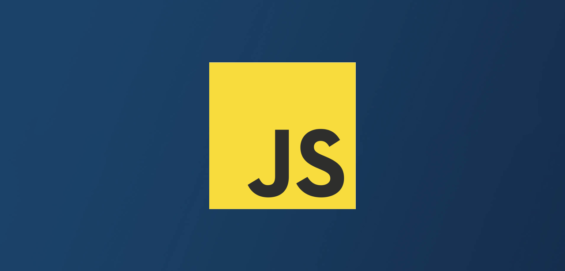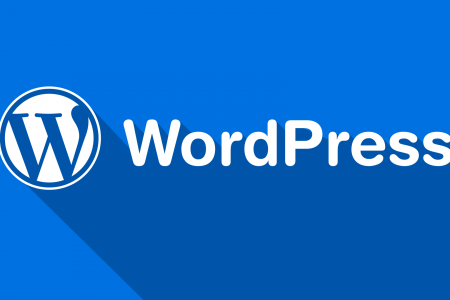JavaScript Basics for Beginners

JavaScript is one of the most popular programming languages in the world and a must-have skill for anyone interested in web development. Whether you’re a complete beginner or have some coding experience, this guide will introduce you to the fundamental concepts of JavaScript.
1. What Is JavaScript?
JavaScript (JS) is a lightweight, interpreted programming language primarily used to create interactive features on websites. It works alongside HTML and CSS:
- HTML: Structures the content of a webpage.
- CSS: Styles the appearance of the page.
- JavaScript: Adds dynamic behavior and interactivity.
You can use JavaScript for:
- Creating interactive forms
- Animations and transitions
- Building web applications (e.g., single-page apps)
- Working with APIs
- Server-side programming (e.g., Node.js)
2. Setting Up Your Environment
To start coding in JavaScript, all you need is a text editor and a browser. Most browsers, like Chrome or Firefox, have built-in developer tools to test JavaScript.
Steps to Get Started:
- Open any text editor (e.g., VS Code, Sublime Text, or Notepad++).
- Save your file as
index.html. - Add the following basic HTML structure and include your JavaScript:
<!DOCTYPE html> <html lang="en"> <head> <meta charset="UTF-8"> <meta name="viewport" content="width=device-width, initial-scale=1.0"> <title>JavaScript Basics</title> </head> <body> <h1>Hello, JavaScript!</h1> <script> console.log('Welcome to JavaScript!'); </script> </body> </html> - Open the file in your browser and check the console (F12 or right-click → Inspect → Console) to see the message.
3. Key Concepts in JavaScript
Variables
Variables store data that you can use later in your program. Use let, const, or var to declare variables:
let name = "John"; // Changeable variable
const age = 30; // Constant, cannot be changed
var city = "New York"; // Old way, avoid using `var` in modern code
Data Types
JavaScript supports different types of data:
- String: Text, e.g.,
"Hello" - Number: Numbers, e.g.,
42 - Boolean: True or false values, e.g.,
true - Array: Lists, e.g.,
[1, 2, 3] - Object: Key-value pairs, e.g.,
{name: "John", age: 30}
Example:
let isOnline = true;
let fruits = ["apple", "banana", "cherry"];
console.log(fruits[1]); // Output: banana
Functions
Functions are reusable blocks of code. You define a function with function or arrow syntax:
// Function declaration
function greet(name) {
return `Hello, ${name}!`;
}
// Arrow function
const greetArrow = (name) => `Hello, ${name}!`;
console.log(greet("Alice")); // Output: Hello, Alice!
console.log(greetArrow("Bob")); // Output: Hello, Bob!
Conditionals
Conditional statements let your code make decisions:
let age = 18;
if (age >= 18) {
console.log("You are an adult.");
} else {
console.log("You are a minor.");
}
Loops
Loops let you repeat tasks:
// For loop
for (let i = 0; i < 5; i++) {
console.log(i);
}
// While loop
let count = 0;
while (count < 5) {
console.log(count);
count++;
}
4. The Document Object Model (DOM)
The DOM allows JavaScript to interact with the content of a webpage. You can select and manipulate HTML elements using methods like:
// Select an element by ID
const header = document.getElementById("myHeader");
header.textContent = "Hello, DOM!";
// Select elements by class
const items = document.querySelectorAll(".item");
items.forEach(item => {
item.style.color = "blue";
});
5. Debugging JavaScript
Debugging is essential for writing clean, functional code. Use tools like:
console.log(): To print messages or variable values.- Developer tools: Use the browser’s debugger to inspect code step-by-step.
- Online editors: Platforms like CodePen or JSFiddle for quick testing.
6. Tips for Learning JavaScript
- Practice Regularly: Write code daily to strengthen your skills.
- Start Small: Focus on simple projects before tackling complex applications.
- Use Resources: Learn from tutorials, online courses, and documentation.
- Join Communities: Participate in forums like Stack Overflow or Reddit for help.
Conclusion
JavaScript is a powerful and versatile language that forms the backbone of modern web development. By mastering the basics, you’ll be able to create dynamic, interactive websites and build the foundation for more advanced topics like frameworks and backend development. Take it step by step, and happy coding!
This structure provides beginners with a clear introduction to JavaScript and actionable steps to start coding.



